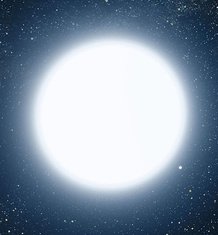Featured Quizzes
User Quizzes
Create Quiz
Data and Charts
Badges and Games
About JetPunk
JetPunk Shop
Dark Mode

Brightest Objects in the Sky
Can you name the brightest extraterrestrial objects in the sky, as viewed from Earth?
Date from here and elsewhere on Wikipedia
Based on maximal brightness, not average
Rate:
Featured Quiz
Last updated: August 21, 2017
You have not attempted this quiz yet.
More quiz info >>
| First submitted | July 20, 2014 |
| Times taken | 14,527 |
| Average score | 40.9% |
| Rating | 4.36 |
4:00
Enter answer here
0
/ 22 guessed
Time Used
00:00
Best Time
00:00
The quiz is paused. You have remaining.
Scoring
You scored / = %
This beats or equals
% of test takers
also scored 100%
The average score is
Your high score is
Your fastest time is
Keep scrolling down for answers and more stats ...
|
|
New and Popular
Save Your Progress
Copyright H Brothers Inc, 2008–2024
Contact Us | Go To Top | View Mobile Site

I've added it at -4 as that's what it says http://en.wikipedia.org/wiki/International_Space_Station
although it can reach -5.9 according to http://en.wikipedia.org/wiki/Apparent_magnitude
There's no "technical" point at which Earth's atmosphere stops... it just keeps going on getting thinner and thinner. But by common convention it ends and space begins at the Kármán line, 100 km above the surface of the Earth, and at 400 km, the ISS is well above that.
So while I would put a caveat that not all the objects are natural, or something like that, it's not incorrect as it stands.
Will China's Tiangong space station project make the list now or soon? I did try to look it up and one page referred to a max magnitude of +1, but the article was from 5 years ago and not actually about the current station... So I'm sure it can be considerably brighter than that now!
Space.com: Spotting Tiangong-2